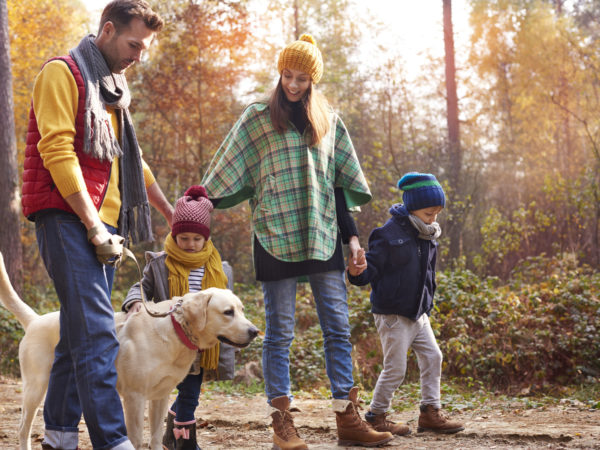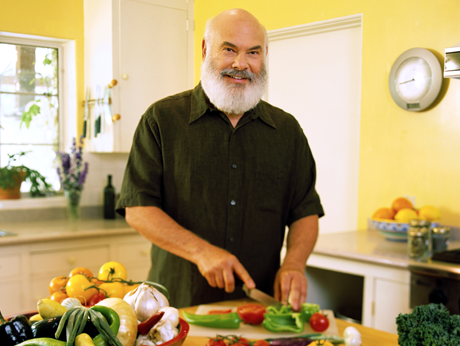From Shelter Dog to Family Pet

Recognizing the adjustment period – and successfully managing it – is a very important part of helping your newly adopted shelter dog to become part of your family. Remember, becoming a house pet can involve a very dramatic change for your dog. This can be stressful. The adjustment period could take up to two weeks or may last only a few days. Some dogs can exhibit stress symptoms such as whining, pacing, reluctance to eat and housebreaking accidents. Your patience during this period will help to alleviate much of the stress that your dog is experiencing.
House Rules
It is important that you decide on the house rules as a family and begin teaching them immediately. Don’t wait for your new dog to settle in before introducing the rules. Predetermine eating and sleeping areas, access to furniture and other rooms of the house as well as things like manners around the kitchen table. Being taught the house rules consistently from each family member, right from the start, will help make a confident, well-mannered pet in the future.
Reintroducing The Shelter Dog To Another Family Dog
When bringing your new pet home for the first time, it is advisable that you take both your existing dog and the new dog out for a walk together on neutral ground before entering your home. This is a safe, non-threatening environment in which they can get to know each other better after their initial introduction at the shelter.
Do not leave toys, bones or food bowls down as they may become trophies to be won. Never leave the dogs unsupervised until you are completely comfortable that their interactions are friendly and docile. Watch their interactions closely. Be quick to distract or interrupt any aggressive or overly playful behavior and redirect their attention to another activity.
Each dog should learn that when the other dog is around, good things happen. This will help each dog to form a positive association with the presence of the other. Allow the dogs to establish their social status with each other. Who came first is not indicative of who should be in charge. The social system of dogs is a hierarchy, not a democracy. Who is in charge may vary based on the context of each situation.
Introducing Your Dog To The Family Cat
Animals should never be left unsupervised until you are completely comfortable that their interactions are friendly and docile. During the introduction period, it is advisable to be extremely vigilant and watch their interactions, especially around toys, the food bowl, the litter box and when one or the other is sleeping. Be quick to distract or interrupt any aggressive or overly playful behavior. Do not punish the dog or the cat; instead redirect its attention to something else. Each pet should learn that when the other pet is around, good things happen. This will help each pet to form a positive association with the presence of the other.
Dogs & Children
Supervise, supervise, supervise. Remember, dogs are animals and animals can bite. Never leave children and dogs unsupervised under any circumstances. With children, having a dog is the same as having a backyard pool. Neither the pool nor the dog is bad, but both could produce devastating effects if the child is left unsupervised. Like people, every dog has its limits. Many dog bites occur because the child was not interacting appropriately with the dog, i.e. disturbed the dog while it was sleeping or eating, pulled its hair, ears or tail, stepped on or even hugged the dog. Teach your children how to treat dogs while you are teaching the dog how to be with children. The most important aspect of helping the dog acclimate to children is to reward it for obedient and relaxed behavior in the presence of the child.
Chew-Proofing
Dogs are predators. They search, chase, grab, hold, dissect and chew. They are also opportunistic and keen scavengers. If it’s edible, they think, “Eat it now!” How many things do you consider wrong for the dog to chew? Most likely, just about everything is off limits except for the half dozen items that you have decided are dog chew toys. The chance of the dog getting the right chew toy every time is almost non-existent. Here are few tips to help redirect your dog’s chewing:
- Exercise your dog regularly to help ensure that he is resting or sleeping during quiet times, not bored and looking for something to do. Do not try to suppress their natural tendency to chew. Instead, redirect their chewing to acceptable toys.
- Do not give them discarded household items to chew. (Shoes, socks, plastic cartons, etc.) How is the dog to distinguish between the prohibited household items and the acceptable items?
- Play with the dog with the toys. They need to be exciting to the dog.
- Pick up those things that you do not want the dog to have. It takes a while for the dog to learn all the human rules. Reintroduce things gradually once your dog is sufficiently chew trained to his own toys.
- Use toys that can be stuffed with food, like Kong toys, or toys that can be soaked in soup stock and dried to increase their attractiveness, like ropes.
- Confine your dog when you cannot supervise. Confinement is more humane than screaming at your dog every time he picks up a taboo object and chasing him around the house.
Training The Dog To Be Alone
When there’s a new dog in your house, the tendency is to constantly be with him because he’s novel and fascinating and you want to make him feel at home and secure. However, if you are constantly available, he will be in for an incredible letdown when normal life resumes. Set the precedent right away. Leave the dog alone for brief durations over and over. (Run to the grocery store, bank, get gas for the car, etc.) Do not let the dog have the run of the house. It must be confined until it has acclimated, been trained and proofed to be alone for long durations. With many mini-departures, the dog will learn two things:
- People are not always going to be available.
- When people leave, they always come back again.
Be sure that you also train the dog to not get excited when you leave or come home by being very nonchalant at departures and homecomings. As flattering as it is when your dog hates to see you leave and loves to see you return, it can lead to problems. Do your dog a favor by training it that being alone is a good thing.
by Cheryl Weiner
Vice President, Arizona Animal Welfare League










